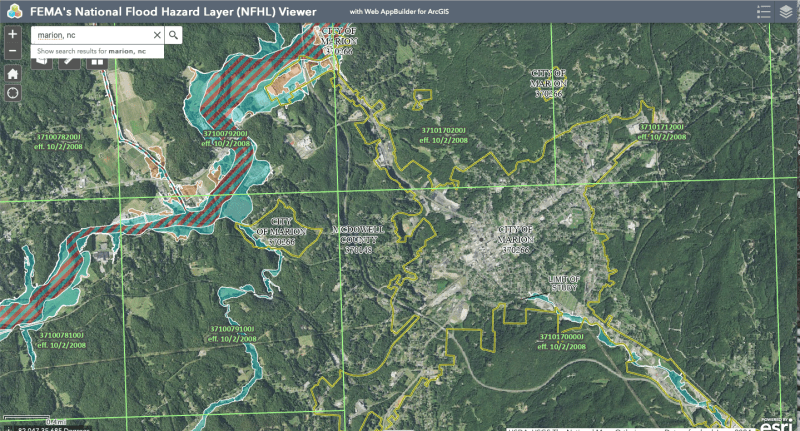Infinite depth? No. It's surface area. Heat content contained in a
unit volume below the surface is the only heat available that can transfer across the air/surface interface. J/m3 becomes J/m2 when it is transferred at the interface. Once some heat is removed from a unit volume of surface water, it sinks and warmer water in the adjacent parcel moves over to replace it.
"A general warming of the earth should reduce the intensity of hurricanes." Why?
More heat increases available power. Even though the temperature gradient above may not be as steep, cold air at some altitude is there, as is the reduced pressure that will also cause the parcel of air to cool, even if you do not allow heat exchange with the next parcel. As humid air is less dense to begin with and the rate of cooling of humid air is less than dry air, a parcel of warm air will remain unstable moving upwards and, once displaced upward, will displace denser cool air above. The warmer the warm air is will only increase circulation velocity. It may only have to overcome reaching a greater altitude to cool to condensation temperature. If the warm air is 5°C hotter than previous years, it only needs 500 to 1000m more altitude to reach condensation temperature. Latent heat released from condensation then kicks it higher. Off to the races.
LAPSE RATE
The higher circulation additionally increases heat transfer rate and evaporation.
I do not see any decreasing cause-effect that a higher general earth/sea temperature would produce.
The Utah hurricane pdf got me thinking about the Coriolis effect (it is not a force). They say that within 5° of the equator it is too weak to cause rotation and kick off a hurricane. I do not believe it is weakness of the Coriolis effect that is to blame. Actually that is maximum at the equator. What causes a net weakness if you want to use those terms is that, if any rotation does try to develop, it is in one direction on the north latitude side and the opposing direction on the south side. Net effect is that no rotation develops at all, even though the effect is at maximums.
--Einstein gave the same test to students every year. When asked why he would do something like that, "Because the answers had changed."




